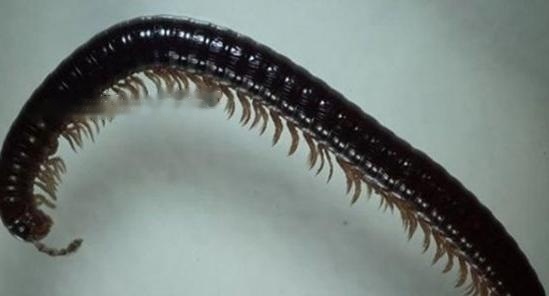Speaking of centipede, everyone is not unfamiliar. Our folks call it the five poisons together with snake, scorpion, gecko, and toad, and it ranks among the five poisons. first place. In recent years, everyone has learned more about centipedes as exotic pets, which are well known to a few reptile enthusiasts. Centipedes are terrestrial arthropods, their bodies are composed of many segments, each segment has legs, so it is a multi-legged creature. The number of common centipede legs is generally dozens of pairs. The adult centipede with the scientific name Himantarum gabrielis in southern Europe has 171-177 pairs, which was once considered to be the centipede with the most legs.

But this view should have changed at present. According to Russia's OANE news network, a new type of centipede has been found in the Altai Biological Reserve in the Altai region of Russia. The characteristic feature of this centipede is that it has as many as 750 legs. This species has set a new record for the highest number of centipedes known in the world.
The centipede was first discovered by scientific researcher Miroslav Sakhnevic of the Altai Biological Reserve and named Sibiriulus baigazanensis. This centipede is a few millimeters to 20 centimeters long, and its distinctive feature is that it has many legs. Some centipedes even have nearly 750 legs. But the unique multi-legged feature did not increase the crawling speed of these centipedes. In addition, in the process of natural evolution, this species of centipede has a protective shell of methicone, which allows it to quickly hide on the surface of the ground, and can also curl into a circle to protect the soft layer of the stomach. In addition, some subspecies of this centipede secrete poisonous fluids to protect themselves. Scientists will continue to study to determine the exact habitat of the centipede.
At present, scientists have discovered a total of 7,842 species of centipedes, including 5 species of multi-legged centipedes. Most feed on plant residues on the ground, while the rest prefer fresh plants.

Subscribe to Newsletter
Professional platform for pets, dogs and cats.
![[Dog Training 5] The training method of pet dog dining etiquette](/static/img/12192/12192_1.jpg)




